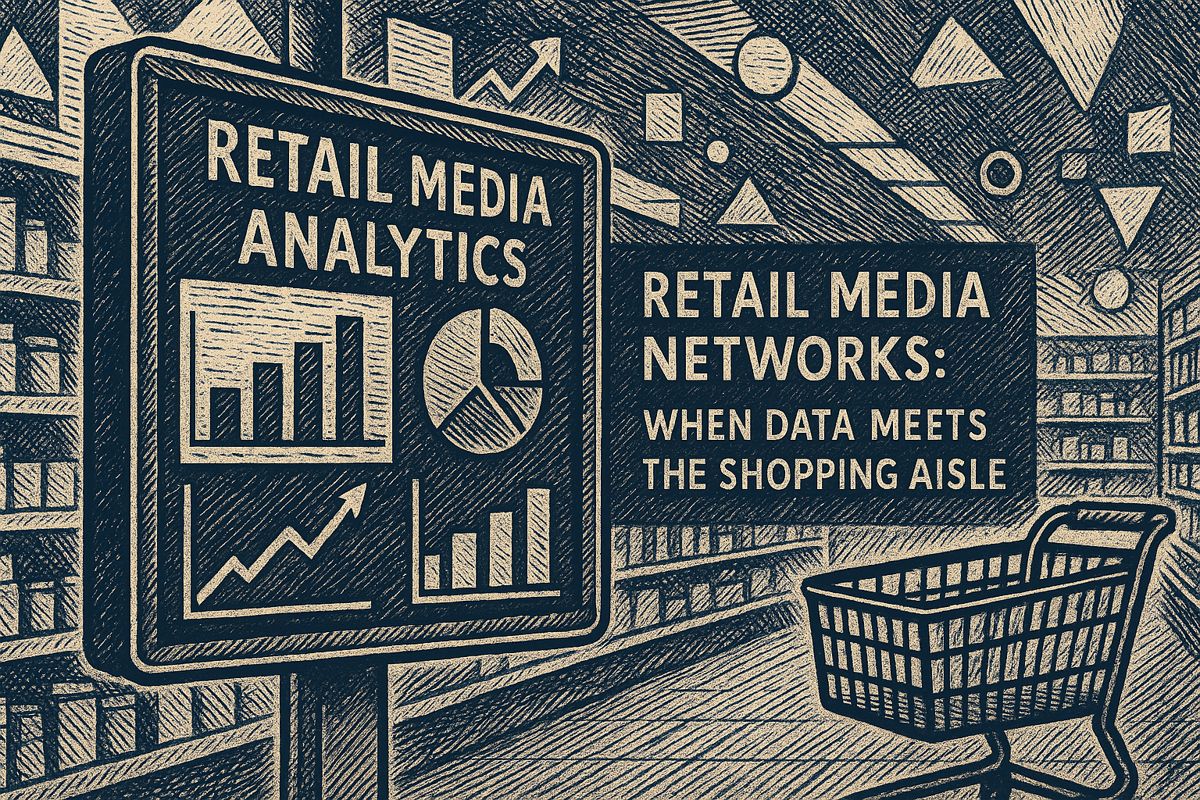Generative AI funding soared to $34.5 billion in North America during Q2 2025, with deal sizes far bigger than most other tech sectors. Most of this money is going into major hardware and infrastructure projects, and even new companies are raising huge sums before selling anything. Europe’s strict rules are helping its AI startups grow fast, and cities like Paris and London are beating Silicon Valley in deals. However, most generative AI companies are making very little money, except in healthcare, where automation is booming. Now, more businesses are building their own AI models, giving them more choices and control.
What are the key trends in generative AI funding and revenue in 2025?
In Q2 2025, generative AI funding hit $34.5 billion in North America, with median deal sizes outpacing other tech sectors. Despite massive investment, most startups generate minimal revenue, pushing investors to demand solid monetization. Healthcare AI leads with strong sales and investment.
Generative AI funding shattered another ceiling in Q2 2025, reaching $34.5 billion in North America alone according to OpenTools.ai, a leap that pushed overall startup funding past $145 billion for the quarter. The median AI deal now weighs in at $4.6 million, roughly one million dollars above the wider tech-sector average, and captures half of all venture dollars deployed.
The money is flowing toward the stack’s foundation. Six of the ten largest deals focused on “hard tech” – custom silicon, nuclear-smelting data centers, and robotics that keep GPUs fed. SoftBank and Microsoft together funneled $40 billion into OpenAI, while Meta dropped $14.3 billion on Scale AI’s infrastructure play. Even seed rounds are supersized: Thinking Machines Lab banked $2 billion before shipping a single product.
Europe is turning regulation into rocket fuel. The continent now hosts more than twenty tracked generative startups, and outfits like Mistral AI market GDPR-grade models as enterprise-safe alternatives. Paris, London, and New York collectively outpaced Silicon Valley in both deal count and dollar volume during the quarter, a geographic flip that would have sounded like fantasy two years ago.
Revenue reality is setting in. Despite the cash tsunami, CB Insights finds the majority of generative startups still post minimal sales, forcing investors to swap growth-at-any-cost for concrete monetization plans. Healthcare AI is the rare bright spot, pulling nearly $4 billion in H1 2025 and making up 62 % of all digital-health investment as providers race to automate diagnostics.
The build-versus-buy pendulum has swung hard toward “build.” Over one hundred companies now train their own models, often starting with open-source weights and layering on proprietary data. The result is an emerging multi-model mesh in which no single provider dominates, giving enterprises bargaining power and reducing lock-in risk.
For more insights, see Generative AI funding trends and revenue 2025.



















